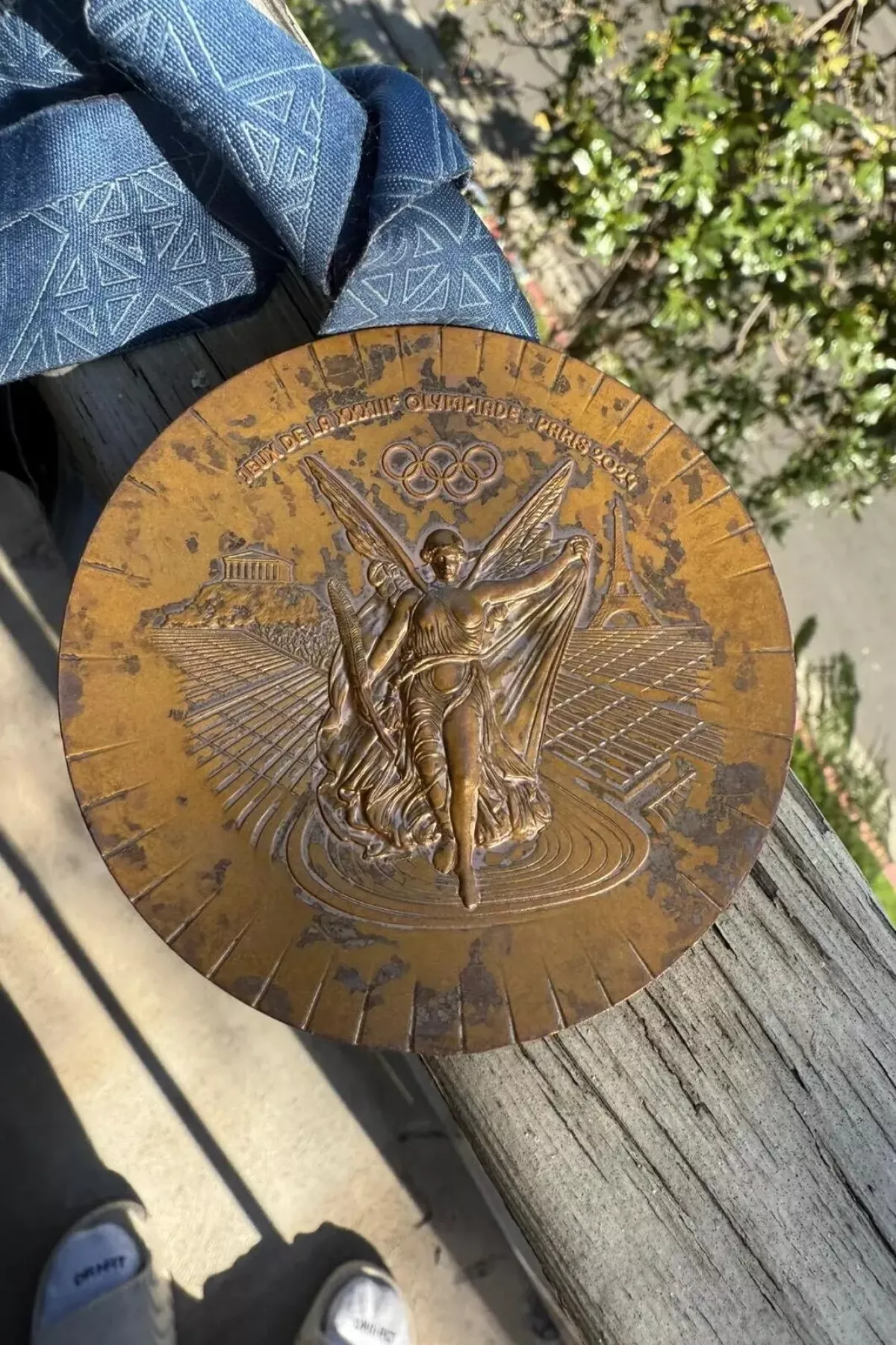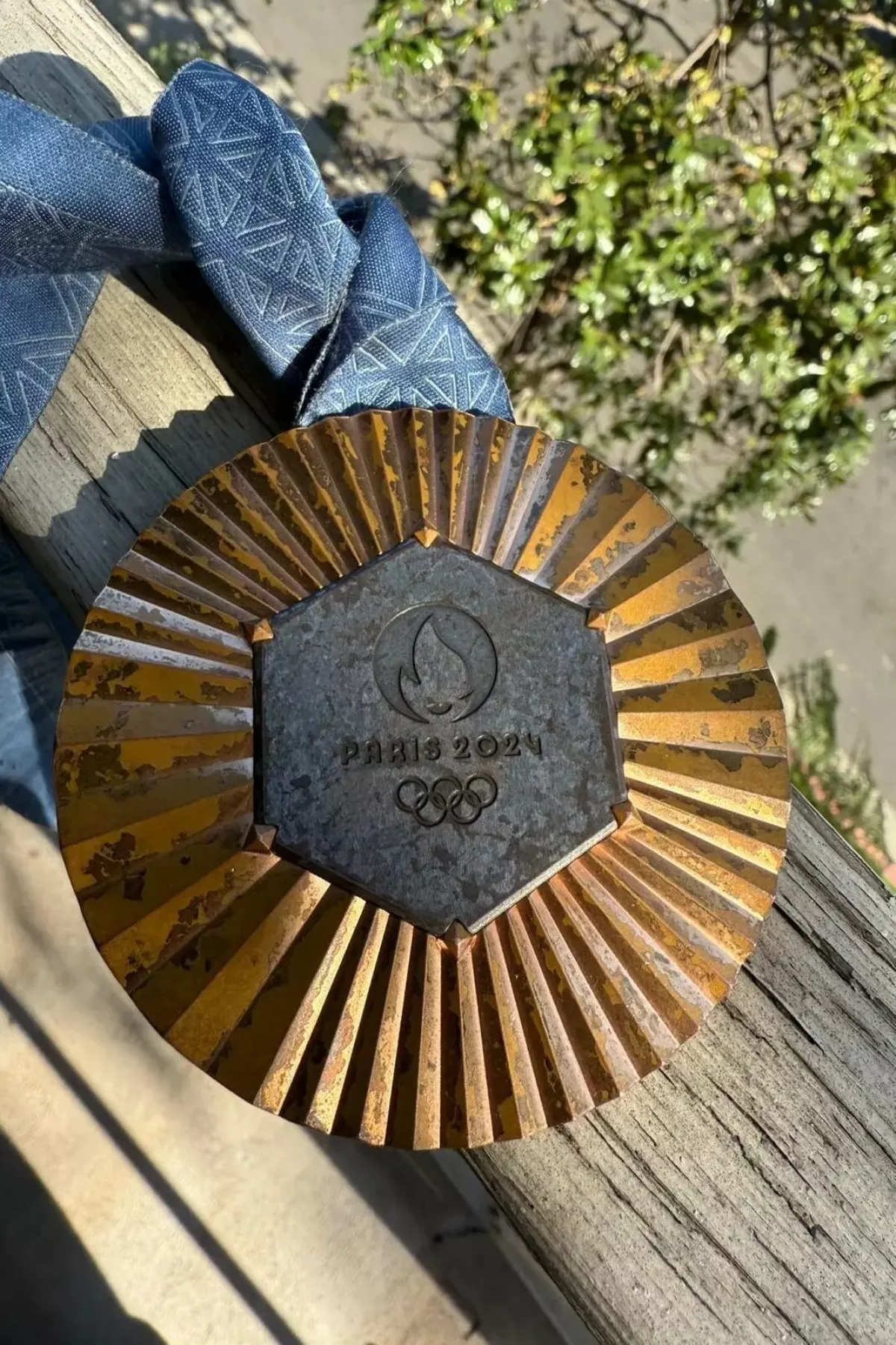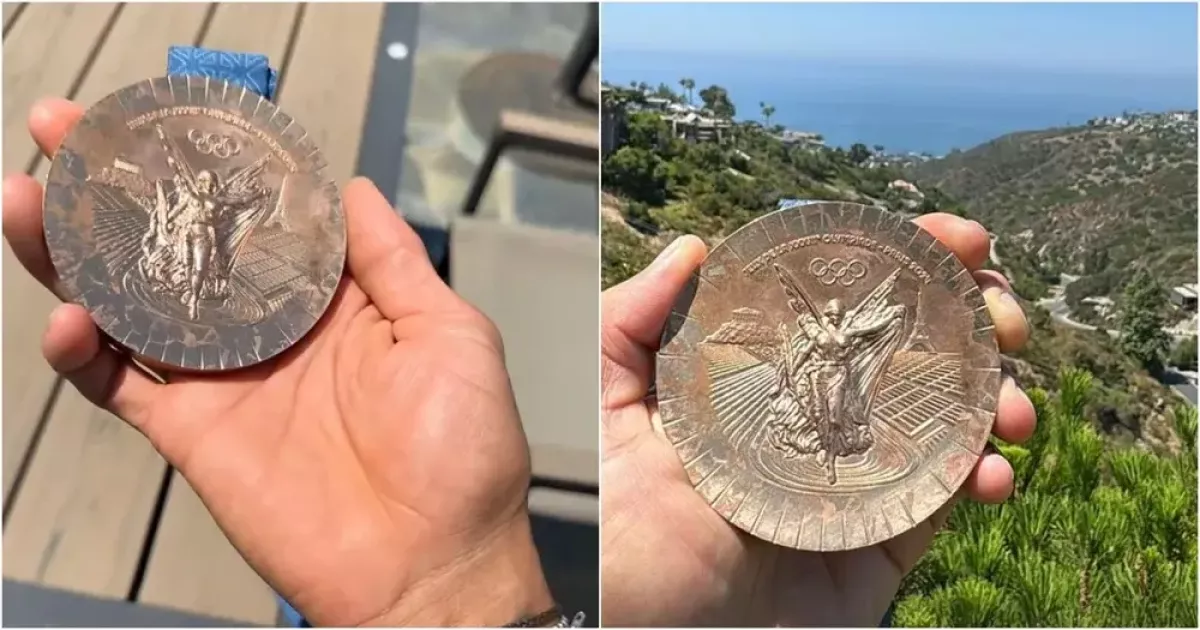The price of prestige: LVMH’s Paris 2024 Olympic medal fiasco highlights sponsorship risks Article by the New York Times
US-based The New York Times newspaper has published an article on the low quality of medals received by athletes at the Olympic Games in Paris in 2024. Caliber.Az offers its readers an analysis of the piece.
The article critically examines the controversy surrounding the deterioration of Olympic medals designed by Chaumet, a luxury jewelry brand owned by the LVMH conglomerate.
The situation has drawn significant attention to LVMH’s involvement in the Paris Olympics, particularly its high-profile role in designing and branding the medals, which have started to show signs of degradation just months after the Games concluded.
LVMH, under the ownership of France’s wealthiest family, had an extensive presence at the Paris Olympics. As the Games’ largest corporate sponsor, the company’s brands, including Moët & Chandon champagne, Berluti fashion, and Louis Vuitton luggage, were prominently featured. However, their most significant contribution was in the design of the Olympic medals, which were crafted by Chaumet.

Over 100 athletes have reported issues with their Olympic medals, with the most prominent problem being the deterioration of the bronze medals. The flaking and oxidation of the medals, which athletes have referred to as "crocodile skin," have sparked widespread criticism. Some athletes, such as US fencer Nick Itkin, have even expressed their intention to request replacements. This problem appears to have been especially acute with the bronze medals.
The International Olympic Committee (IOC) has apologized for the issues and promised to replace the damaged medals, while the Monnaie de Paris (the French mint responsible for producing the medals) has taken responsibility, attributing the damage to a defective varnish used in the finishing process. LVMH, however, has distanced itself from the controversy. A company spokesman claimed that since it was not directly responsible for producing the medals, it had no comment.
Chaumet, a prestigious jewelry brand with no prior experience in designing Olympic medals, played a key role in the creation of the medals. The design process was meticulous, with the team reportedly tweaking the designs hundreds of times to meet the approval of a committee of athletes and Olympic officials. Despite their high-quality craftsmanship, the medals have been criticized for their premature deterioration.

The root cause of the medal deterioration has been traced to the varnish used to coat the medals, which was allegedly weakened by changes in European Union regulations banning the use of chromium trioxide, a chemical known for preventing oxidation. Monnaie de Paris has confirmed the varnish issue and claimed to have adjusted the formula to improve its durability.
The article underscores the importance of this issue for LVMH, a brand that has long been associated with high-quality craftsmanship and precision. Given that the company positioned itself as a major player in the world of sports through its involvement in the Olympics, the tarnishing of the medals presents a significant challenge to its image. Michael Payne, a former IOC marketing strategist, pointed out the irony that LVMH, a luxury brand with a reputation for quality, is now facing scrutiny over a product that bears its name.
The article also touches on the broader implications of the controversy, particularly in the context of the global marketing and sponsorship strategies of large corporations. The issue with the medals raises questions about the level of oversight and responsibility companies like LVMH should have when they involve themselves in high-profile global events like the Olympics.

This article highlights a key instance where the intersection of luxury branding, sports sponsorship, and quality control has led to public backlash. The scandal is notable because it involves a company, LVMH, whose very identity is built on high-end luxury and craftsmanship. The failure of the Olympic medals, despite being designed by a prestigious jewelry house, exposes a flaw in the execution of a high-profile project, which could damage the company’s reputation.
The controversy also sheds light on the challenges faced by the IOC and other organizations when it comes to ensuring the quality and integrity of products tied to such a global event. The IOC’s response, which includes replacing the damaged medals, indicates a recognition of the importance of maintaining the credibility of the Olympic Games, but it also underscores the complexities of managing the expectations of athletes, sponsors, and the public.
In conclusion, the article presents an analysis of how even the most carefully curated partnerships—such as those between LVMH and the Paris Olympics—can falter when a product doesn’t meet the high standards associated with the sponsoring company’s brand. It also raises larger questions about the role of sponsorship and corporate involvement in global events and the potential risks when quality assurance is not fully addressed.








